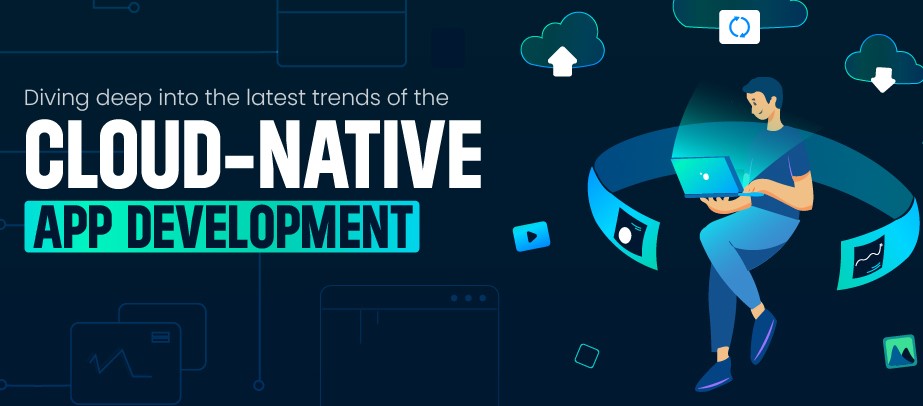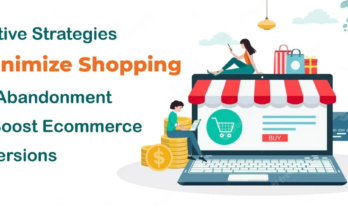In today’s fast-moving digital world, businesses need applications that are fast, scalable, and reliable. This is where cloud-native application development comes in. Cloud-native apps are designed to run in cloud environments, making them more flexible and efficient. Let’s explore the key trends shaping cloud-native development in 2025 and beyond.
1. Microservices Architecture
Traditional apps are built as one large unit (monolithic), making them harder to update and scale. Microservices break down an app into smaller, independent parts that can be developed, deployed, and scaled separately. This speeds up development and improves performance.
2. Kubernetes and Containerization
Containers allow applications to run consistently across different cloud environments. Kubernetes, an open-source tool, helps manage these containers, making it easier to deploy and scale cloud-native applications efficiently.
3. Serverless Computing
With serverless computing, developers don’t have to manage servers. Instead, cloud providers automatically handle infrastructure needs, allowing developers to focus on coding. Popular serverless platforms include AWS Lambda, Google Cloud Functions, and Azure Functions.
4. DevOps and CI/CD Automation
DevOps (Development + Operations) brings teams together to deliver applications faster. Continuous Integration and Continuous Deployment (CI/CD) automate code testing and deployment, reducing errors and speeding up updates.
5. AI and Machine Learning Integration
Cloud-native applications are increasingly using artificial intelligence (AI) and machine learning (ML) to enhance user experience and automate decision-making. Cloud platforms like AWS, Google Cloud, and Azure offer AI tools that make integration easier.
6. Edge Computing for Faster Processing
Edge computing processes data closer to users instead of relying on distant cloud servers. This reduces latency and improves performance, especially for applications like IoT (Internet of Things) and real-time analytics.
7. Security and Zero Trust Architecture
With growing cyber threats, security in cloud-native applications is a top priority. The Zero Trust model ensures that no one inside or outside the network is trusted by default. Multi-factor authentication, encryption, and automated security policies help keep applications safe.
8. Multi-Cloud and Hybrid Cloud Strategies
Businesses are using multiple cloud providers (multi-cloud) or a mix of on-premises and cloud solutions (hybrid cloud) to improve flexibility and reduce risks. This ensures apps run smoothly, even if one cloud provider faces issues.
Conclusion
Cloud-native application development is the future of modern software. By embracing trends like microservices, Kubernetes, serverless computing, and AI, businesses can create apps that are scalable, secure, and efficient. Staying updated with these trends will help developers and companies build better applications in the cloud era.
At eDreamz, we turn your ideas into reality with expert solutions tailored to your needs. Our goal is to deliver top-notch services without stretching your budget. Are you ready to embrace cloud-native development? Start exploring these trends today to build faster, smarter, and more secure applications. Contact us at sales@edreamztech.com, and let’s get started.



